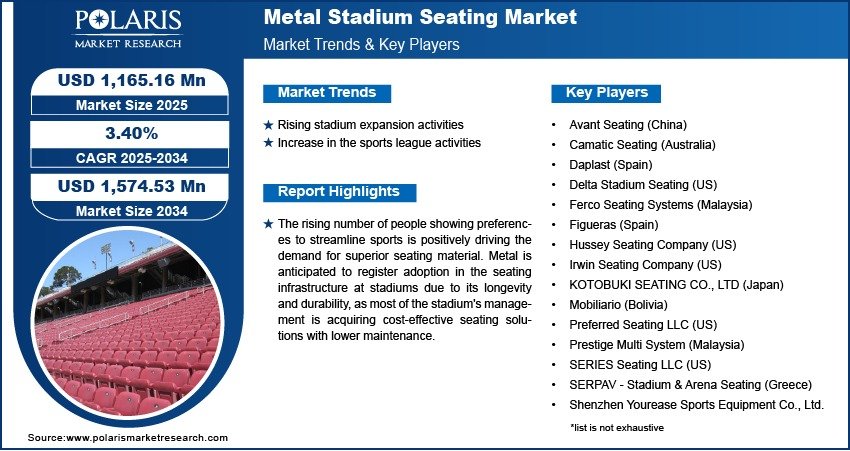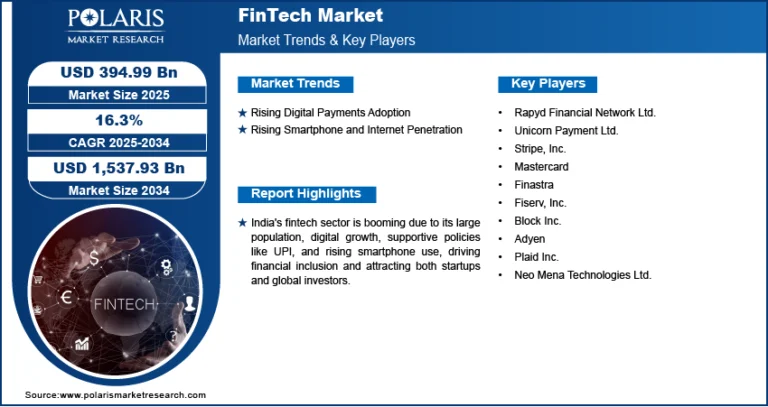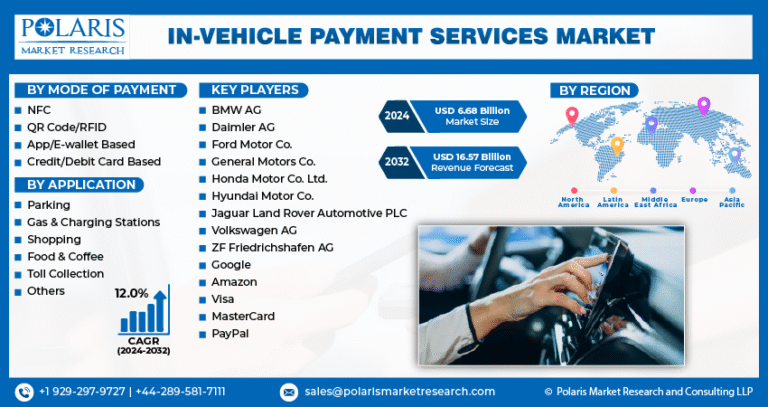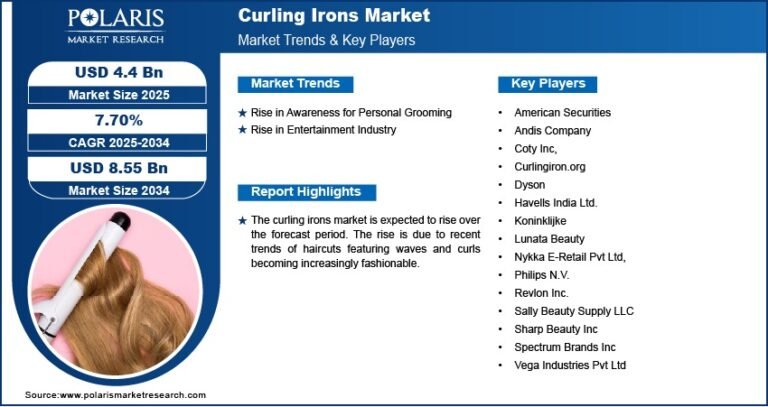Metal Stadium Seating Market projected to reach $1,574.53 Million by 2034, growing at a CAGR of 3.40%.

The global Metal Stadium Seating Market was valued at USD 1126.84 million in 2024 and is projected to expand at a CAGR of 3.40% from 2025 to 2034. The market is being driven by increasing investments in sports infrastructure, ongoing stadium renovations, and the rising demand for long-lasting and weather-resistant seating solutions.
Key Market Trends:
-
Sustainable and Recyclable Designs:
There is a growing trend towards eco-friendly stadium solutions. Manufacturers are increasingly using recyclable metals and incorporating sustainable practices in the design and manufacturing process to meet environmental compliance standards and attract environmentally conscious stakeholders. -
Integration of Smart Seating Features:
Modern stadiums are moving toward smart infrastructure, and this includes seating. Metal stadium seats are now being integrated with features like seat numbering, cup holders, USB ports, and occupancy sensors, improving both functionality and fan engagement. -
Customization and Modular Configurations:
Demand is rising for flexible and customizable seating arrangements that can be adapted for various events. Modular seating systems allow stadiums to rearrange or reconfigure layouts efficiently, catering to sports, concerts, and other public gatherings with minimal effort. -
Compliance with Ergonomics and Safety Standards:
Ergonomic seating that enhances comfort without compromising on safety is a key trend. Regulations and safety codes continue to shape product design, with increasing focus on fire resistance, anti-corrosion properties, and load-bearing capacity. -
Globalization of Sporting Events:
The rising frequency of global sporting events and tournaments is fueling the construction and renovation of large-capacity stadiums. This, in turn, is escalating the demand for high-quality, weather-resistant metal stadium seating across diverse geographic regions.
Market Size & Forecast
|
Market size value in 2025 |
USD 1165.16 million |
|
Revenue forecast in 2034 |
USD 1574.53 million |
|
CAGR |
3.40% from 2025 – 2034 |
Request for Free Sample:
Market Overview:
The metal stadium seating market is witnessing notable growth due to rising investments in sports infrastructure, increasing popularity of live sports events, and growing demand for durable, low-maintenance seating solutions. As stadiums and arenas aim to improve fan experience and ensure safety standards, metal seating is being preferred for its robustness, longevity, and ease of cleaning. Government and private sector initiatives to upgrade existing stadiums or build new multi-purpose venues are further contributing to market expansion. Additionally, urban development projects and international sporting events are encouraging the adoption of modern seating systems that are modular, space-efficient, and compliant with safety norms.
Key Market Opportunities:
-
Emerging Economies:
Countries in Asia-Pacific, the Middle East, and Latin America are witnessing a surge in stadium construction driven by urbanization and increasing interest in sports. These emerging markets present significant opportunities for international and regional players to expand their footprint. -
Public-Private Partnerships (PPPs):
Governments are increasingly collaborating with private firms to fund large infrastructure projects, including sports complexes and stadiums. This trend is unlocking new contracts and long-term deals for metal seating manufacturers. -
Retrofit and Renovation Projects:
Aging stadium infrastructure in developed markets is prompting renovation initiatives. This scenario creates a high demand for upgraded seating systems that meet current safety, comfort, and capacity requirements.
Market Scope:
The metal stadium seating market spans various sectors including sports venues, entertainment arenas, educational institutions, and community stadiums. Seating types include general admission, VIP seating, foldable seats, and bleachers. The scope also extends to both indoor and outdoor applications, requiring diverse product features such as weather resistance, corrosion protection, and anti-vandalism properties. With rising expectations for comfort and modern amenities, stakeholders across the value chain—from architects to venue operators—are driving innovations in design and installation processes. Global expansion, smart upgrades, and regulatory compliance will continue shaping the trajectory of this market in the coming years.






